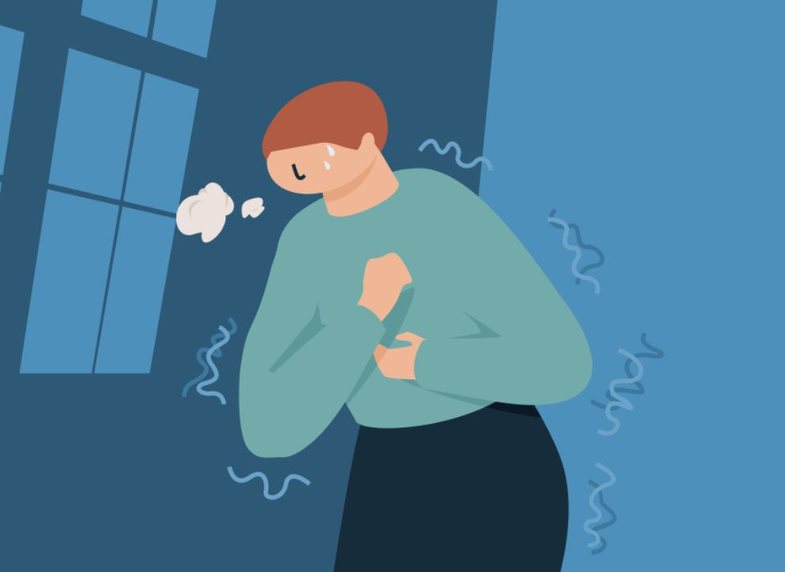
People are becoming more and more open to mental health challenges. But while experiencing an attack or panic attack, self-diagnosis or understanding what is happening to you in some cases is helpful and in other cases it can lead to more serious consequences.
The dividing line between anxiety and a panic attack is often blurred. A clinical psychologist, Dr. Julie Smith explains through a video that the symptoms must be distinguished between anxiety, anxiety attacks and panic attacks.
"Anxiety attacks are being widely used as terms in social media," says Smith. "And the reason for that is because it's not a clinical disorder or a diagnosis."

Because of misinformation on social media, Smith says the term is being used too much to mean increasing anxiety before an expected event. This is not the same thing as a panic attack.

"A panic attack is a sudden surge of intense fear and worry that peaks within minutes. During this time, you experience a series of severe symptoms," explains Smith. "While you are experiencing anxiety, a panic attack is considered the peak of this condition and the symptoms start to become more intense. You start to think that you are going to die or you may completely lose control of things and your life."
Through a video, therapist Smith explains how anxiety and panic attacks arise, from motives to consequences and management of these situations, etc.





